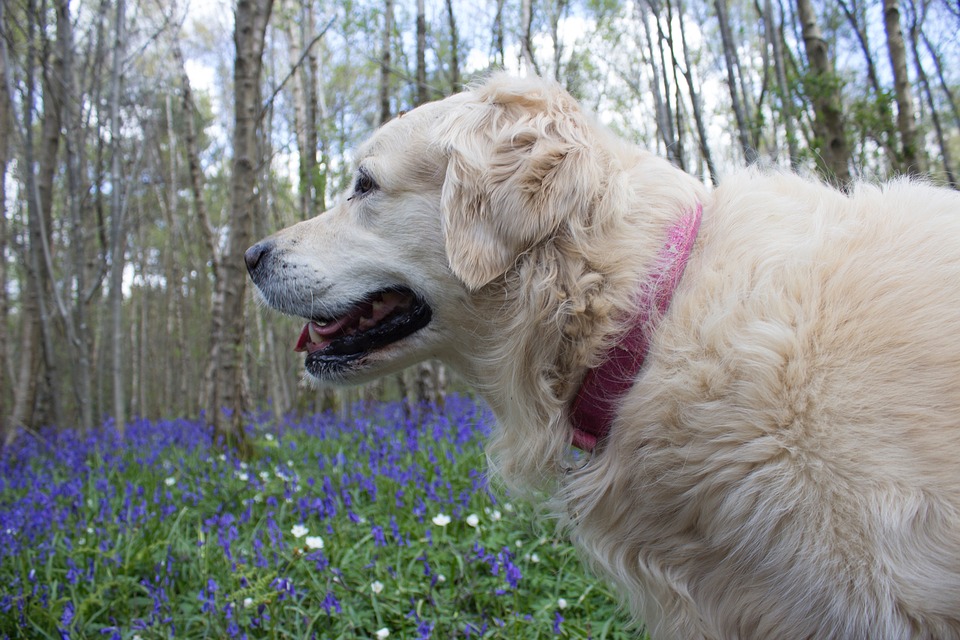Spring Allergies in Dogs
Causes of Spring Allergies in Dogs
Atopic allergies occur due to a skin reaction from an inhaled allergen, such as pollen, house dust or mold. This type of allergies affects about 15 percent of American dogs.
Conversely, flea allergies occur due to your dog’s body having a reaction to a protein in flea saliva. It only takes a single flea bite to set off a reaction in a sensitive dog. Flea allergies affects about 40 percent of American dogs.
Symptoms of Spring Allergies in Dogs
Signs and symptoms of spring allergies in dogs can include the following:
- Itchiness
- Inflamed skin
- Licking paws
- Runny nose
- Watery eyes
- Sneezing more often than usual
- Chewing and scratching excessively
- Rashes (in severe cases)
- Hair loss from biting (in severe cases)
Diagnosing Canine Spring Allergies
Your veterinarian here at All Pets will use a combination of skin and blood tests to diagnose your dog’s spring allergies. These tests are designed to cause an allergic reaction between an allergen and a sample of your dog’s blood or skin.
In addition, these tests will show which allergens are causing the problem. If an allergic reaction occurs, we can then formulate a treatment plan for your dog.
How to Prevent Spring Allergies and Symptoms in Dogs
Bathe to Wash Away Allergy Symptoms
The most effective way to alleviate relief from itchiness is to bathe your dog. There are calming dog shampoos available to reduce inflammation.
However, be careful not to bathe your pup too much. This can dry out their skin and worsen symptoms of spring allergies. It’s ideal to bathe your dog once or twice per week.
Rinse Off Paws When Coming Inside
If your dog is licking their paws, they are probably trying to clean off allergens and calm itchiness they are experiencing from exposure.
Therefore, rinsing off your pup’s paws will help to minimize the amount of allergens they ingest/come into contact with. In addition, it will reduce the itchiness that comes along with them.
Wash Bedding Regularly
Make sure to keep the places your dog sleeps as free from allergens as possible.
Wash their bedding on a weekly basis to avoid build up of pollen, dirt and other irritants.
Keep Carpets and Rugs Clean
Make sure to vacuum floors, rugs and carpets often. This will minimize the amount of allergens that are tracked into your home.
Dogs spend a lot of time on these places. Therefore, they will come into contact with any allergens that are living in the fibers. Vacuums with allergy filters are the most effective way to eliminate allergens from your home.
Maintain a Healthy Diet
Allergies are an immune system response. Therefore, your dog’s body is working overtime to rid itself of allergens.
Maintain a balanced diet with whole foods to keep them healthy and able to fend off allergy symptoms.
Replace Air Filters
In Texas, we often use our air conditioners all year. Therefore, make sure to change the air filter regularly to reduce the amount of allergens you dog breathes while inside.
These are just the basics of spring allergies and dogs. Contact us with the link below for more information or to schedule an appointment to discuss a treatment plan canine spring allergies.
















